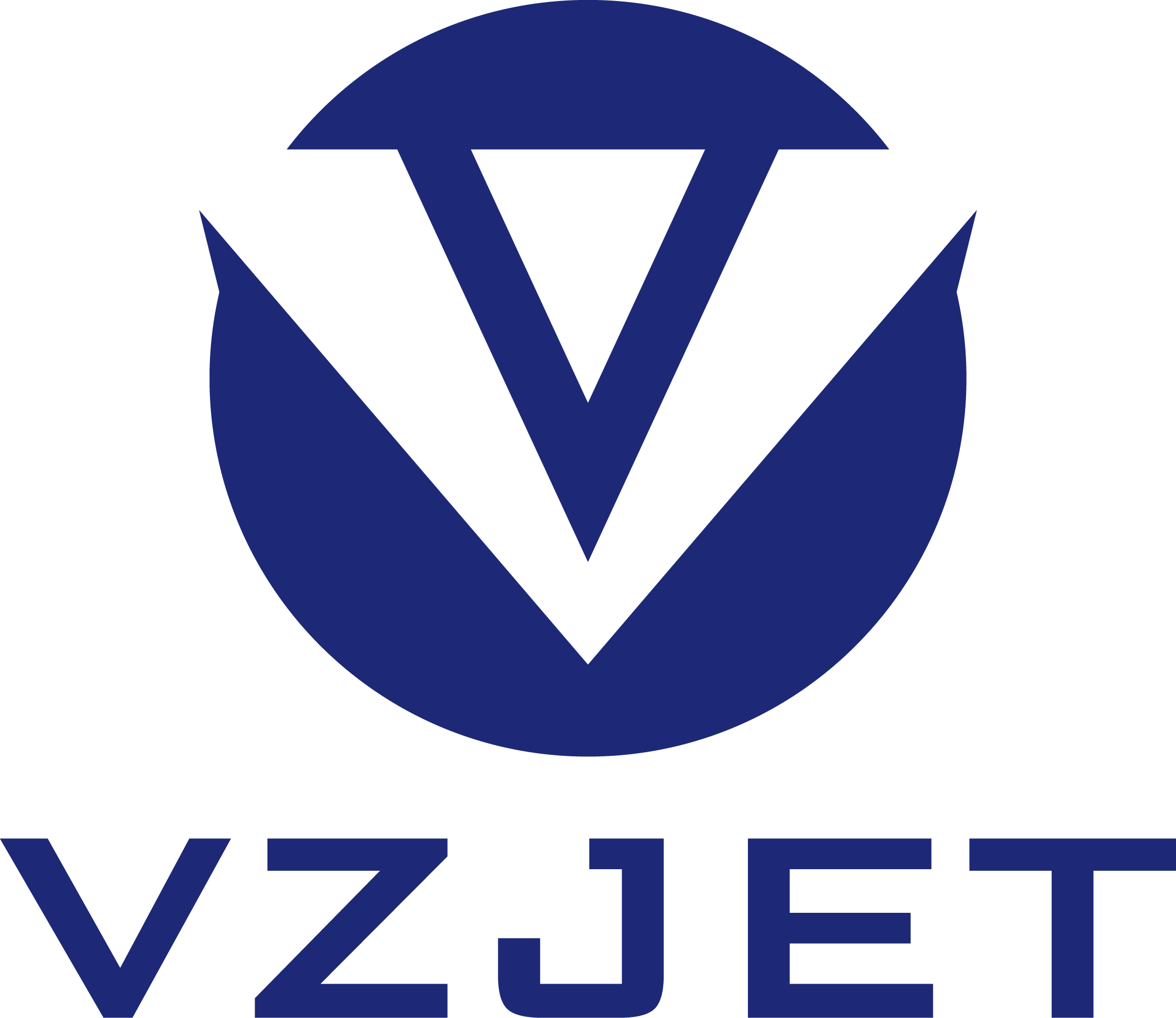Information
VZ Growth Academy: On the Role of Inkjet Printers in Daily Life
16 Jul,2025
Although inkjet printers are not often seen directly in daily life, their functions permeate every aspect of our clothing, food, housing, and transportation. By printing various marks on products, they ensure information transparency, improve management efficiency, and safeguard consumer safety. Their specific roles are as follows:
Product Traceability and Information Transparency
Production Date and Shelf Life
: On products such as food (e.g., packaged snacks, bottled beverages), pharmaceuticals (tablet packaging, medicine bottles), and cosmetics (face cream jars, mask bags), the production date, shelf life, or expiration date printed by inkjet printers are key bases for consumers to judge the freshness and safety of products.
Production Batch and Origin
: By printing production batch codes and origin codes, enterprises can quickly trace quality issues back to the production links (e.g., raw material sources, production lines, production time) when problems arise, facilitating product recalls and improvements. Consumers can also obtain information about the product’s origin.
Anti-Counterfeiting and Anti-Diversion
Anti-Counterfeiting Marks
: Some inkjet printers can print variable QR codes, barcodes, or random numeric codes. Consumers can scan the codes to verify the authenticity of products, effectively curbing counterfeit and shoddy goods (e.g., tobacco, alcohol, luxury goods, high-end health products).
Anti-Diversion Management
: Enterprises print exclusive regional codes on products sold in different regions to monitor product flow, prevent dealers from diverting goods across regions at low prices, and maintain the stability of the market price system.
Compliance Assurance
Laws and regulations in various countries impose mandatory marking requirements on many products. For example, food must be labeled with ingredients, production address, and execution standards; medical devices must be labeled with registration certificate numbers. The information printed by inkjet printers is a necessary condition for enterprises to comply with laws and regulations and provides a basis for supervision by regulatory authorities.
Improving Logistics and Warehousing Efficiency
Barcodes, QR codes, or serial numbers printed by inkjet printers on express packages, logistics boxes, and warehouse shelves enable rapid scanning and identification of products. This facilitates automated sorting, inventory management, and logistics tracking, making the flow of goods from production to sales more efficient.
Personalization and Brand Identification
Some products use inkjet printers to add personalized information, such as exclusive codes for promotional activities and serial numbers for limited-edition products, enhancing interaction between brands and consumers. Meanwhile, printed brand logos and trademarks also strengthen brand recognition.
In conclusion, through accurately and efficiently printing various marks, inkjet printers play an irreplaceable role in ensuring consumer safety, regulating market order, and improving industrial efficiency. They are indispensable equipment in modern production and circulation links.
16 Jul,2025
Classification:
Information
Latest Contents








